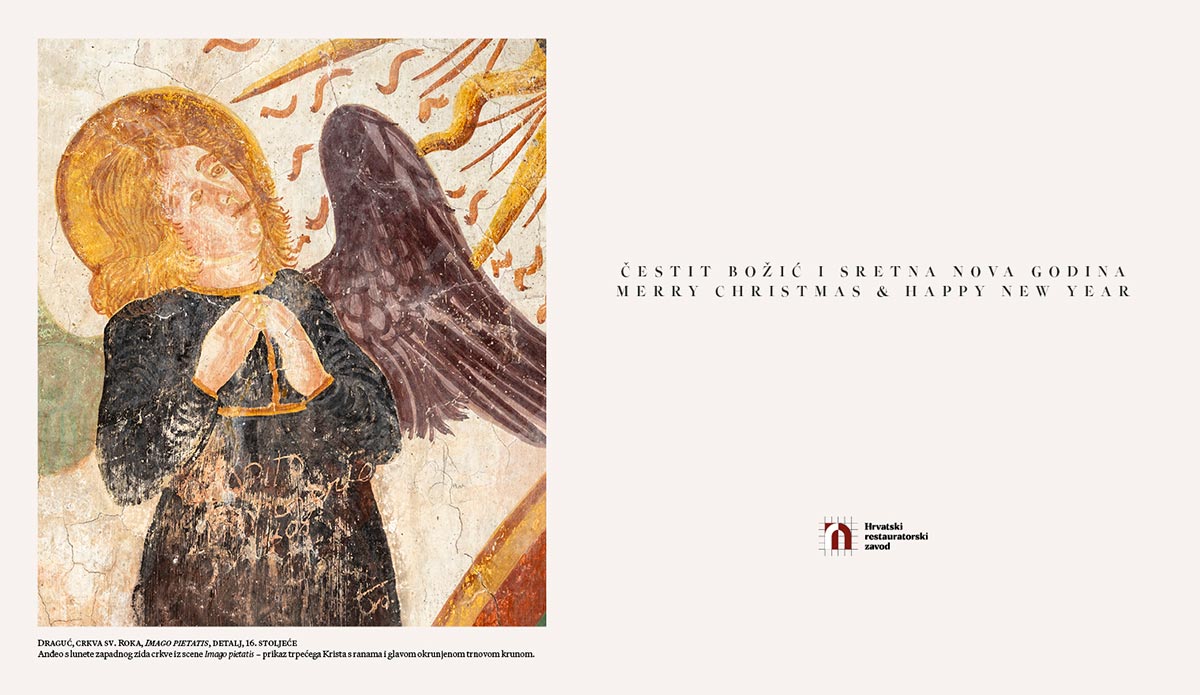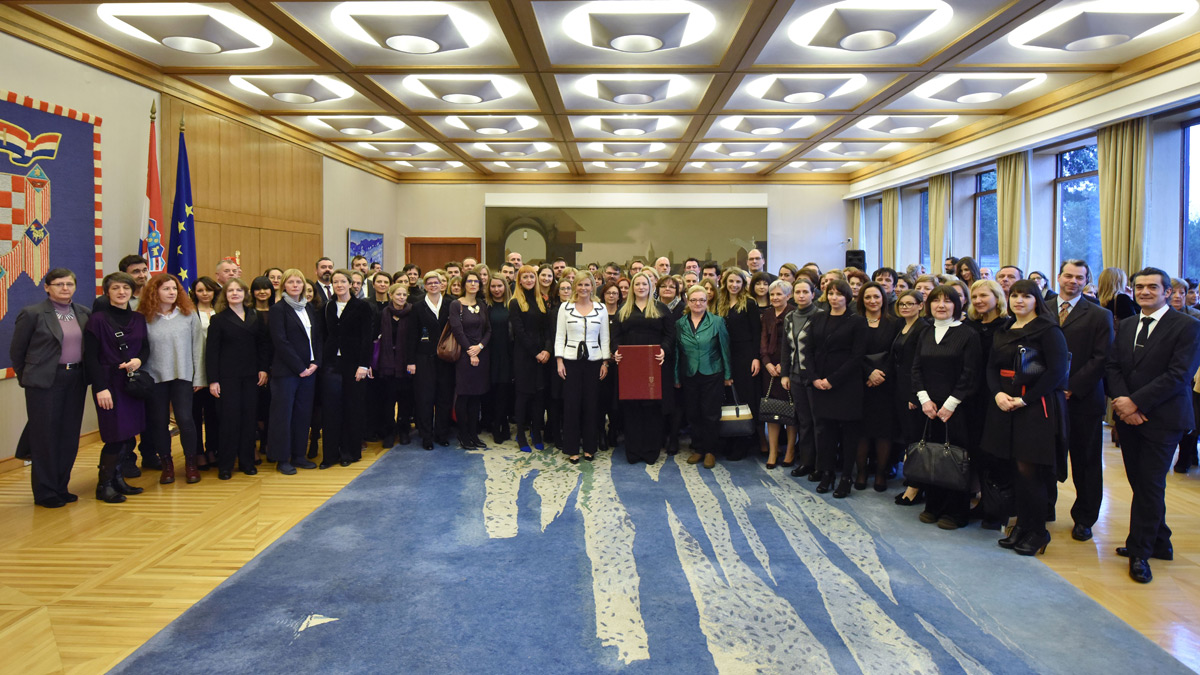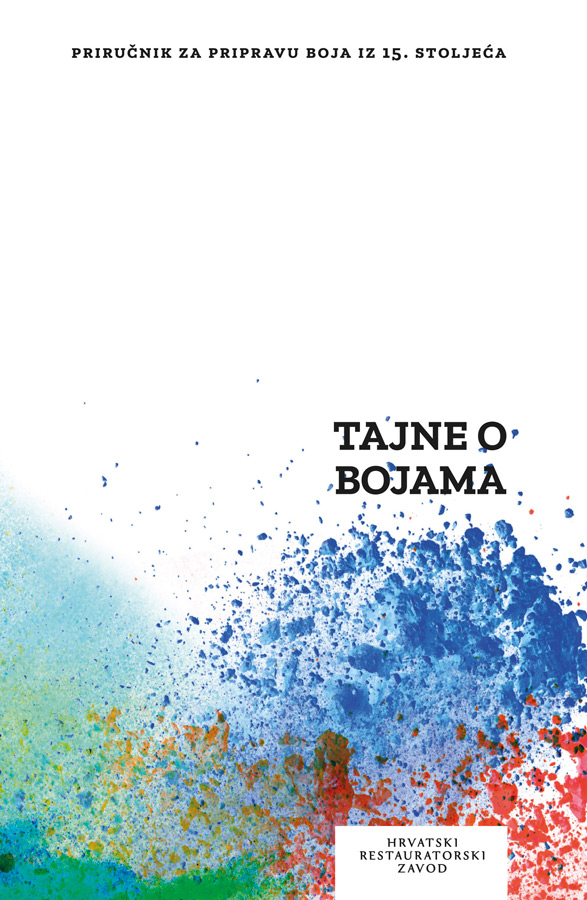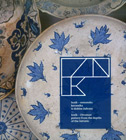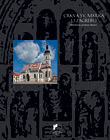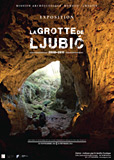 Croatian Conservation Institute and the Musée d'anthropologie préhistorique de Monaco announce the opening of the Ljubićeva Cave exhibition on Thursday 28th November 2013 at 4 pm, at the Museum of Prehistoric Anthropology in Monaco. The exhibition will remain open for public until 28th February 2014, after which it is scheduled to be presented at the Archaeological Museum of Istria in Pula and at the Marčana Municipality.
Croatian Conservation Institute and the Musée d'anthropologie préhistorique de Monaco announce the opening of the Ljubićeva Cave exhibition on Thursday 28th November 2013 at 4 pm, at the Museum of Prehistoric Anthropology in Monaco. The exhibition will remain open for public until 28th February 2014, after which it is scheduled to be presented at the Archaeological Museum of Istria in Pula and at the Marčana Municipality.
The exhibition is a result of the long-term collaboration between the Croatian Conservation Institute and the Museum of Prehistoric Anthropology in Monaco, on the archaeological explorations of the Ljubićeva Cave, a prehistoric site located not far from the village of Marčana in Istria. In the course of four campaigns, the cave was systematically explored from 2008 to 2011, having revealed relevant finds pertinent to the prehistory of Istria and the wider Adriatic region. Apart from the finds themselves, dated to the Epigravettien period (small flint tools), the Neolithic (impresso ceramics of the Danilo and the Hvar culture, flint tools), the Eneolithic (ceramics of the Nakovana culture and flint material), the Bronze Age (larger storage vessels and an amber necklace pendant, which is the most important find), the exhibition will include educational posters and a film about the finds, the geographical location of the cave, geological layers and the archaeological, speleological and zoo-archaeological research conducted.
Photos
Exhibition Photos
The collaboration of the two institutions began in 2005, initiated by the UNESCO representative of the Principality of Monaco, who declared the Principality’s readiness to provide financial aid for the archaeological explorations of a site in Croatia, aiming to establish collaboration in the research of Mediterranean archaeological heritage. The Museum of Prehistoric Anthropology in Monaco and the Croatian Conservation Institute were chosen to be representatives in the project. In 2007 the Ljubićeva Cave was selected as the site where the two institutions would collaborate, and the following year the Museum and the Institute concluded an Agreement of Cooperation for Project of the Ljubićeva Cave, Marčana. It comprised four exploration campaigns (2008-2011), the analysis of the finds and an exhibition of the explorations’ results in Croatia and the Principality of Monaco. The funding for the entire project of archaeological explorations, analysis and conservation of the finds was provided by the Principality of Monaco through the Museum of Prehistoric Anthropology in Monaco, with additional backing from the Croatian Conservation Institute, the Ministry of Culture of the Republic of Croatia and the Marčana Municipality.
Invitation (PDF: 1,2 mb)
Exhibition posters (PDF: 28 mb)






















































